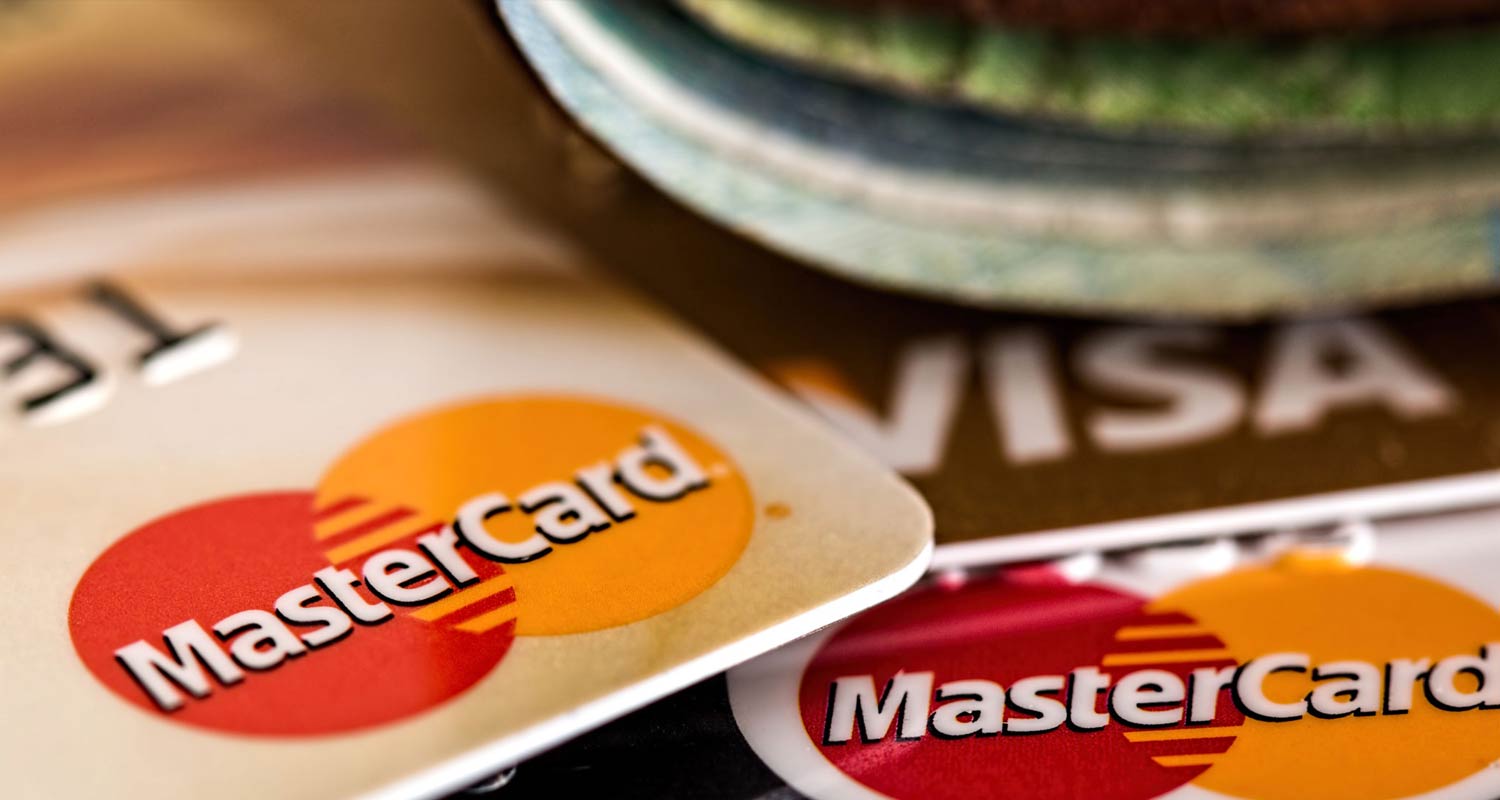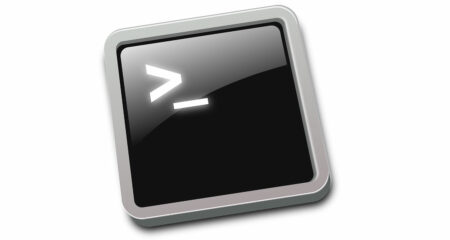 The threat of fraudulent credit card numbers from malicious actors is not the only problem that financial institutions and payments services have to grapple with when processing card transactions. Another more common issue is human error.
The threat of fraudulent credit card numbers from malicious actors is not the only problem that financial institutions and payments services have to grapple with when processing card transactions. Another more common issue is human error.
Luhn’s algorithm, developed by IBM scientist Hans Peter Luhn in 1954, was designed to help verify that a credit or debit card number is valid – and you can test it with your own bank cards.
Luhn’s algorithm works by doubling the first number and then every second digit in the card number. If the product is greater than nine, then each digit in the product is added together in the next step.
After that, all the digits from left to right are added together. If the result is a multiple of 10, the credit card number is valid. If not, it is invalid.
Luhn’s algorithm is part of the checksum family of algorithms. These algorithms ingest large amounts of data and create a value representing that data. They are often provided prior to data being transferred and used to check its validity after it has been transported from one place to another, ensuring that no parts were lost, changed or added to the data in transit.
The Luhn algorithm
Created by IBM scientist Hans Peter Luhn, it is widely used by most credit cards and many government identification numbers as a simple method of distinguishing valid numbers from mistyped or otherwise incorrect numbers. pic.twitter.com/74Buk6jhyI
— Massimo (@Rainmaker1973) September 7, 2024
Luhn was born in Germany in 1896 and studied engineering at the Technical University in Munich, although he left the institution without obtaining a degree. He moved to the US in the 1920s to work as a textile engineer and thereafter moved into the field of information science, joining IBM in 1941.
Patents
Among his other contributions to information science are more than 80 patents relating to information retrieval, text analysis and data processing. He was also involved in the development of the earliest machine translation methods using statistical techniques, forerunners to the methods used in machine learning and natural language processing today. – © 2024 NewsCentral Media




